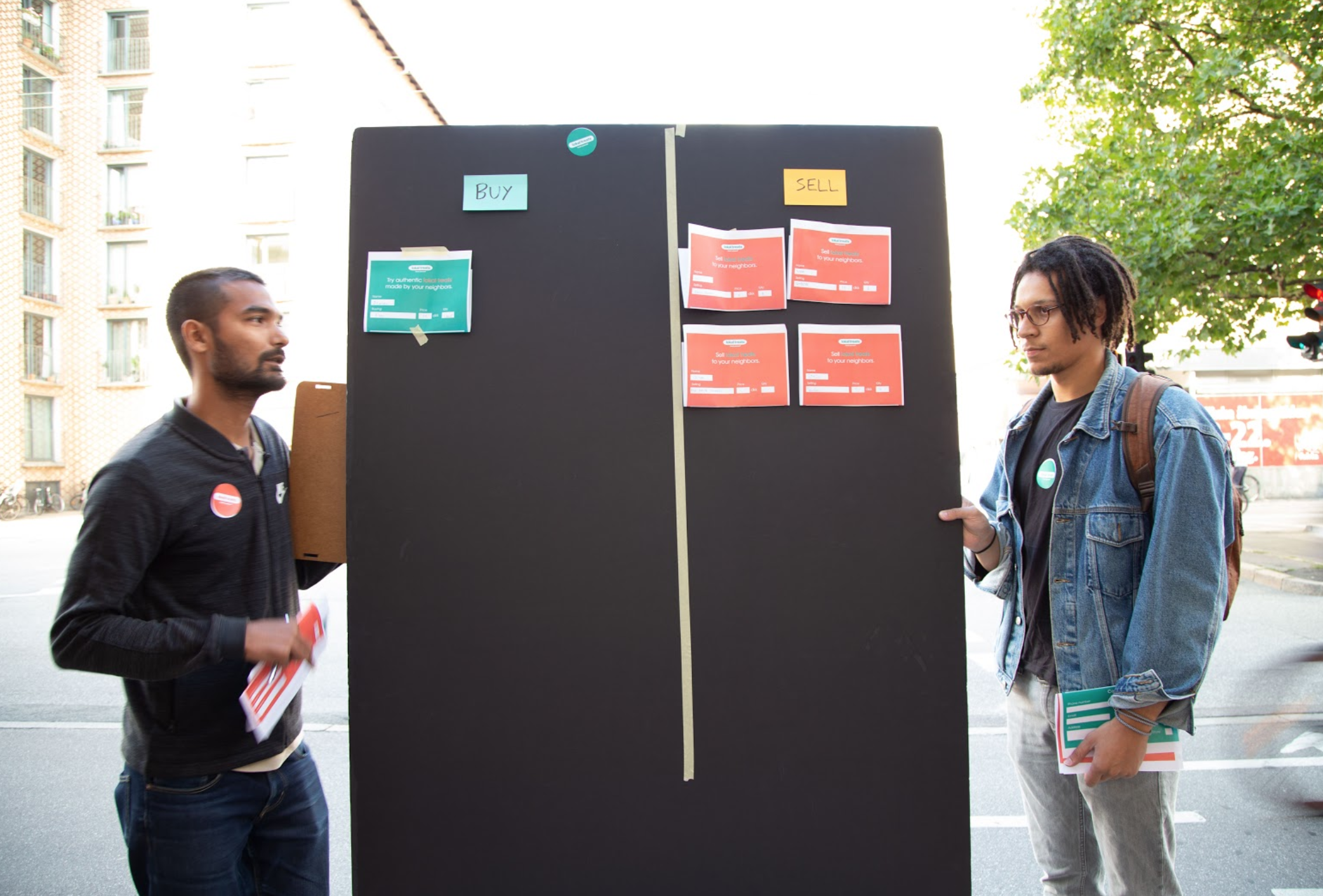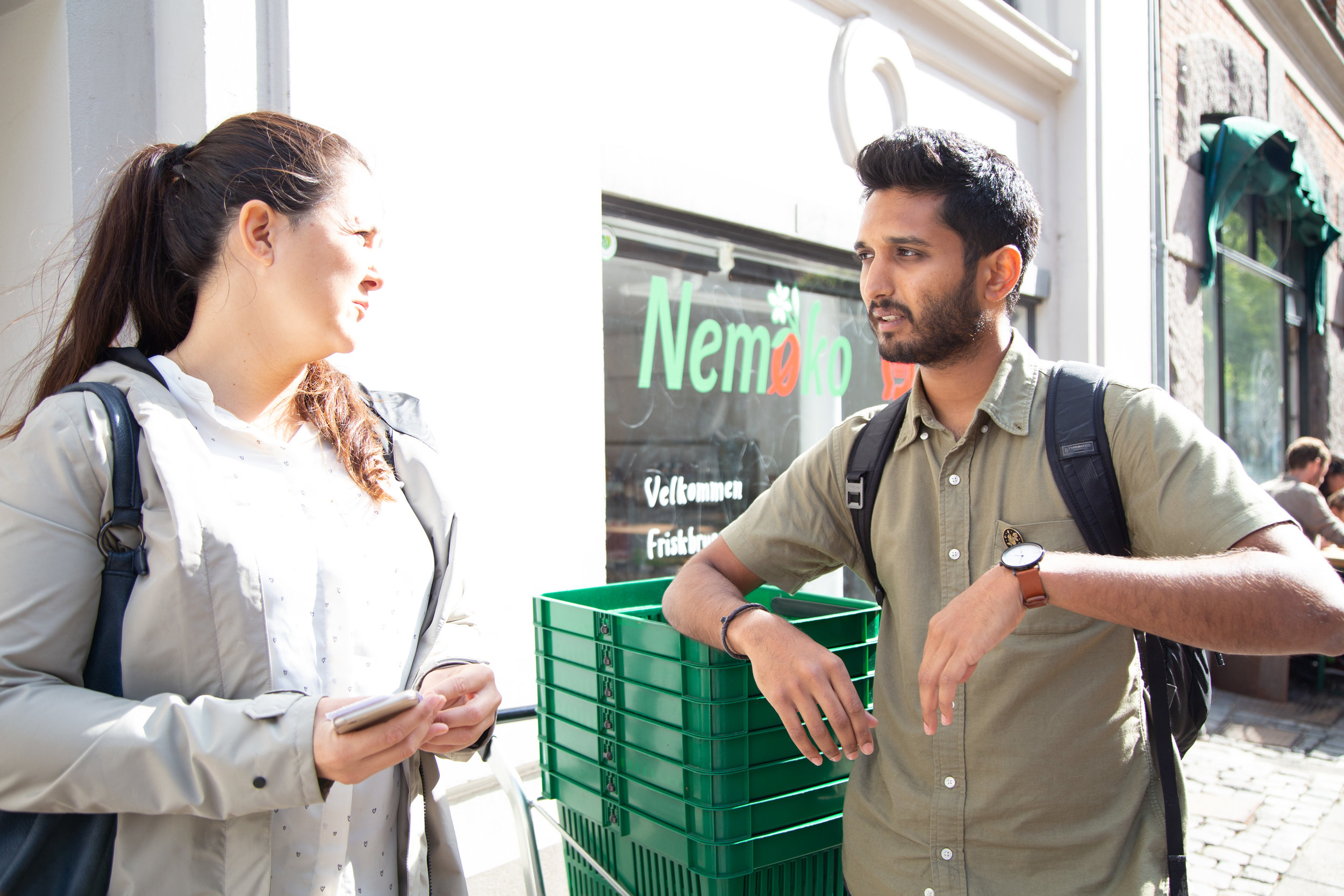Lokal treats
A speculative food service for an ominous climatic future
the challenge
143 Million people may soon become climate migrants
–National Geographic, Mar 2018
Climate change will drive human migration more than other events. Migration to countries like Denmark will rise significantly. Services will need to be able to handle the systemic changes from an increase in migration. How will a future increase in climate migration, both internally and across borders, affect cities like Copenhagen? What future services can we imagine to help people propelled away from environmental catastrophes better integrate and flourish in a new city?
Postcards from the future
Food as a vehicle of culture and identity
“Food is a central activity of mankind and one of the single most significant trademarks of a culture.” – Mark Kurlansky
We anticipate that there will be growing demand for imported ingredients that will put a lot of pressure on the retailers of these ingredients and result in a hike in prices. In addition to this, the Danish are quite curious about other cuisines and excited to explore cuisines that they have experienced on their travels.
in-depth interviews
“I used to cook for all my friends back then. But now the locals love it.”
–Isaiah, Owner of 28-year old Ethiopian restaurant
“We need to eat what we eat.”
–Rajeev Singh, Immigrant from India
“It’s only in the past 20 years that we’ve had chickpeas.”
– paul erik, dane
A look into the future…
Lokal Treat is a service that facilitates the exchange of ethnic food items between newly-arrived climate migrants and the locals of Copenhagen.
How it works
The grocery store owner introduces the customer to the service
The in-store kiosk allows a user to browse available ingredients or dishes in the neighbourhood
A ticket is issued with the seller’s contact information to arrange a meeting
The food parcel is handed over in exchange for the ticket
The food parcel is presented with a certificate of authenticity
evolution steps
Prototyping the experience
We quickly prototyped a first version of the experience of a transaction between two customers with the store acting as a facilitator to understand the needs of each actor of the service. In parallel, we set up a booth near grocery stores to invite people to offer to sell their excessive groceries or cooked dishes.
Our learnings were:
Allow the user flexibility of space and time to explore the service offering. This meant having an app where people can browse offerings and not force them to make on-the-spot decisions
“These people are the ones you can get the saffron from.” said one shopkeeper. We hadn’t made the shopkeeper feel vested in the service
People like the idea of sharing food more than the activity. While eating together with the chef would make a lovely marketing campaign poster, it’s not what people want to do.
Team: Varenya Raj, Sami Desir, Chaeri Bong, Raunaq Patel
Role: In-depth interviews, Experience prototyping, User journey mapping, Sytems mapping
Guides: Francesca Desmarais and Eilidh Dickson

























